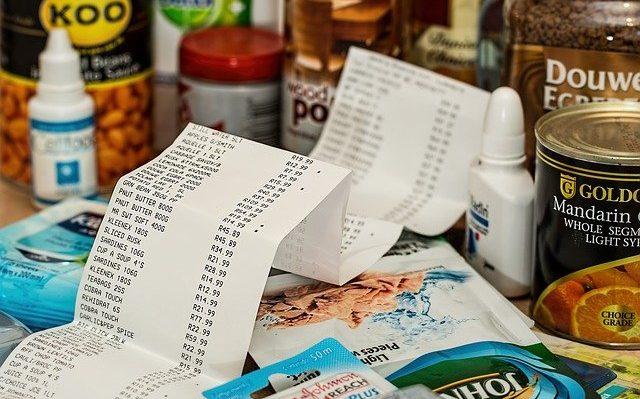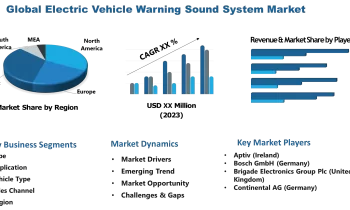
In economic news, the US saw the release of disappointing data on Friday as US consumer spending in February declined the most for 10 months.
Following from strong unemployment data last week which saw US weekly jobless claims hit a one year low, the US commerce department reported that consumer spending, which constitutes more than two-thirds of U.S. economic activity, fell 1.0% in February.
Last month’s decline represents the largest drop since April 2020 when businesses started to be locked down across the country due to the coronavirus pandemic. The unusually cold weather was also attributed to the slowdown in spending. Meanwhile, also contributing to the decline was the end of a boost from the second round of stimulus checks.
February’s figures also mark a stark contrast to those of January. 2021 kicked off with a 3,4% spike in consumer spending.
Also experiencing a decline after a surge in demand in January was personal income. February saw Personal income tumble 7.1% having leapt by 10.1% in Janaury.
Brighter Outlook for Consumer Spending
The consumer spending is an important part of the world’s largest economy, so the recent news was disappointing. However, markets were not spooked. When markets reopened on Monday morning enjoyed gains against most leading currencies. Why? because the US economy is set to record its best performance in 37 years, thanks to the huge $1.9 trillion pandemic relief package and the increasing number of vaccinations being administered.
As well as the US labor market being in recovery, temperatures are rising, the government safety net for the unemployed has been extended to the 6th of September and an additional $1,400 check to qualified households are being sent out.
Tim Quinlan, a senior economist at Wells Fargo (NYSE:WFC) Securities agreed that the future looks brighter in consumer spending. He said in a note:
“We anticipate that hoard will surpass $2 trillion once the latest round of direct checks hits household income in March and April,”
“This will provide households with ample means to drive spending, not only as the economy re-opens this year, but into next year as well.”
Tim Quinlan
Invesco Chief Global Market Strategist Kristina Hooper said:
“We have far more fiscal stimulus than we had during the global financial crisis. We have fed support mean extraordinary monetary policy, support and of course we have in the offing. The broad distribution of vaccines which should trigger a strong economic recovery and let us not forget elevated household savings and pent up demand. So to me, that’s a combination that should propel the economy higher.”
Kristina Hooper



